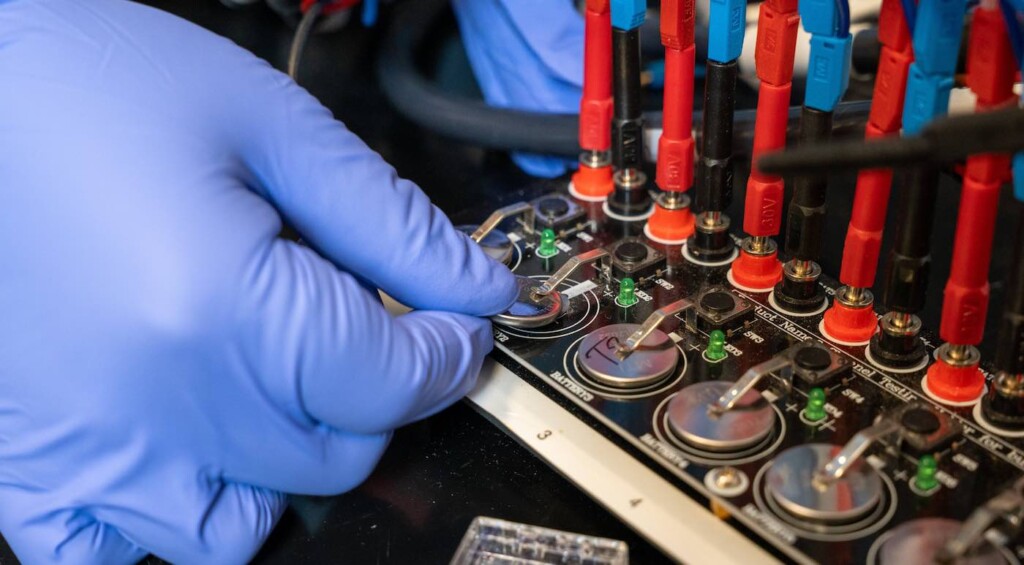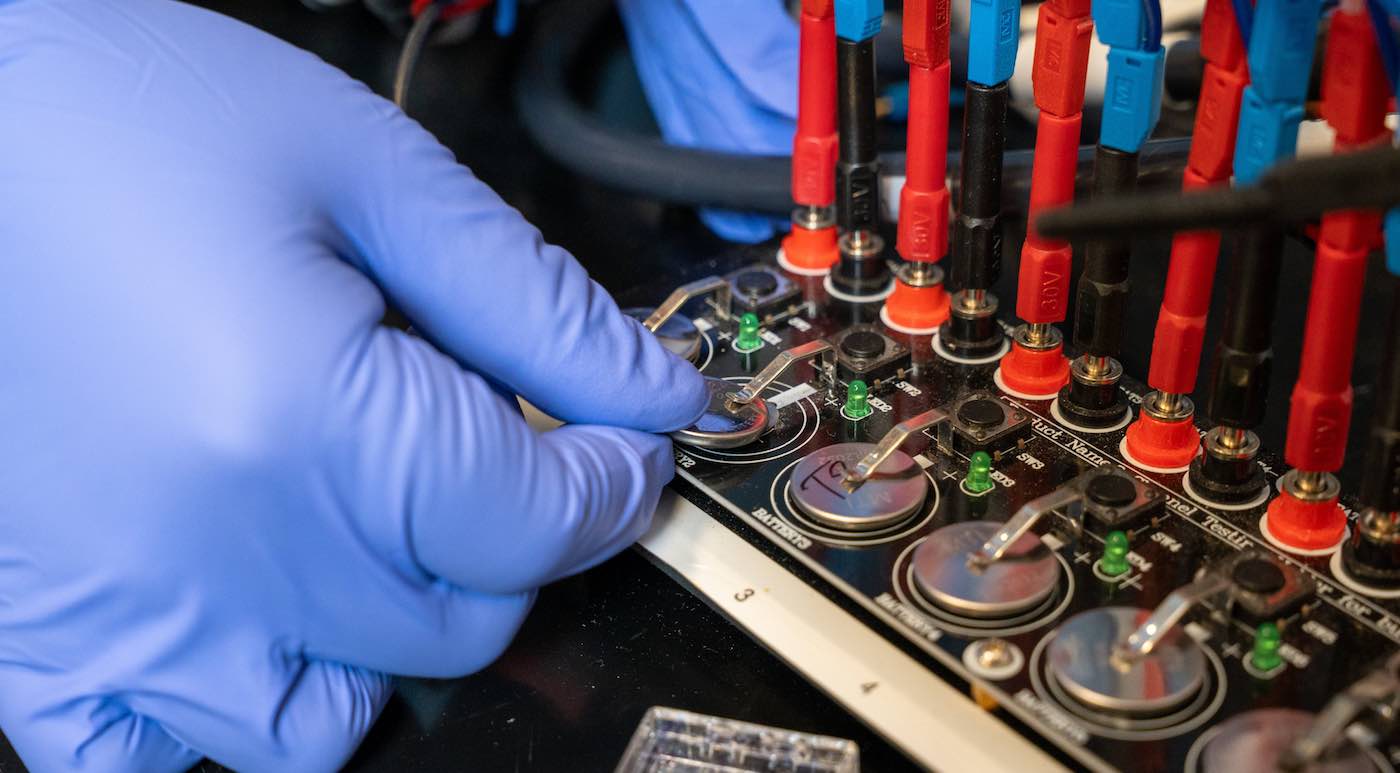
An international team of researchers believe electric cars could go farther on a single charge, and their batteries last longer, now that they’ve made a discovery—the reason batteries lose capacity over time.
It is well known that, for example, older mobile phones run out of power more quickly. But, until now, the common phenomenon was not completely understood.
Led by an engineer at the University of Colorado-Boulder, the breakthrough could lead to the development of better batteries, while advancing energy storage technologies to accelerate the transition to clean energy.
“We are helping to advance lithium-ion batteries by figuring out the molecular level processes involved in their degradation,” said CU Boulder Professor Michael Toney, the study leader.
Engineers have been working for years on designing lithium-ion batteries—the most common type of rechargeable batteries—without having to mine for cobalt, the expensive rare mineral linked to environmental and worker rights concerns.
Researchers have previously tried elements such as nickel and magnesium, but those batteries have even higher rates of “self-discharge”, which is when the battery’s internal chemical reactions reduce the stored energy.
Because of self-discharge, most EV batteries have a lifespan of 7-10 years before they need to be replaced, so Prof. Toney and his team set out to investigate the cause of it.
He explained that in a typical lithium-ion battery, lithium ions, which carry charges, move from one side of the battery, called the anode, to the other side, called the cathode, through a medium called an electrolyte. During the process, the flow of the charged ions forms an electric current that powers electronic devices.
LOOK: New Carbon Fiber Batteries Could Form the Actual Framework of Cars and Airplanes
Charging the battery reverses the flow of the charged ions and returns them to the anode.
Previously, it was thought batteries self-discharge because not all lithium ions return to the anode when charging, reducing the number of charged ions available to form the current.
In the new study, published in the journal Science, the research team
used the Advanced Photon Source—a powerful X-ray machine at the U.S. Department of Energy’s Argonne National Laboratory in Illinois—and found that hydrogen molecules from the battery’s electrolyte would move to cathode and take the spots that lithium ions normally bind to. As a result, lithium ions have fewer places to bind to on the cathode, weakening the electric current and decreasing the battery’s capacity.
“Some of these low cobalt-containing batteries can potentially provide a higher driving range, but we also need to make sure they don’t fall apart in a short period of time,” says Toney.
Now that they have a better understanding of the self-discharge mechanism, engineers can explore a few ways to prevent the process, such as coating the cathode with a special material to block hydrogen molecules, or using a different electrolyte.
IRONMAN BATTERIES: Green Batteries for EVs and Phones May Use Iron as The Key to Better, Cheaper Lithium-ion Options
Prof Toney added: “We can inform the battery chemistry community on what needs to be improved (because) having a better battery is very important in shifting our energy infrastructure away from fossil fuels to more renewable energy sources.”
DRIVE SOME HOPE To EV Drivers on Social Media…




















